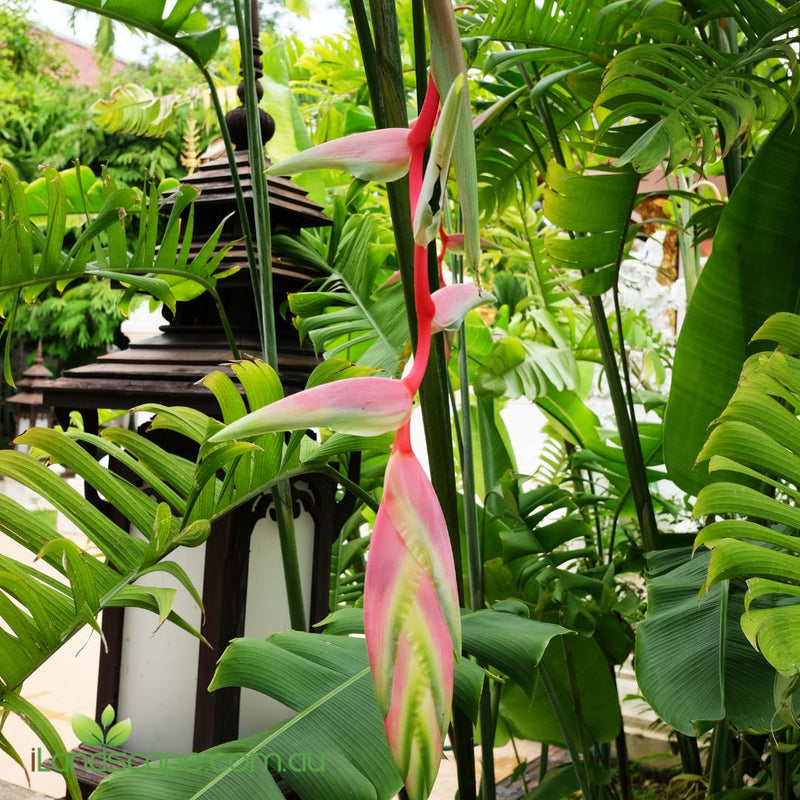Grevillea Sunkissed Waters
Description:Grevillea 'Sunkissed Waters' is a stunning evergreen shrub known for its vibrant, long-lasting blooms and fine-textured foliage. This Australian native hybrid is prized for its compact growth habit, resilience, and ability to attract birds and pollinators. The bold flowers, combined with its easy-to-care-for nature, make it a perfect choice for a wide variety of garden styles, from native landscapes to formal borders.
Flowers:Grevillea 'Sunkissed Waters' produces striking, large clusters of bright yellow and orange spider-like flowers. These blooms appear primarily in spring and autumn but may continue sporadically throughout the year. The nectar-rich flowers are highly attractive to birds, bees, and butterflies, making it a wonderful addition to wildlife-friendly gardens.
Foliage:The foliage is composed of fine, deeply divided, fern-like leaves in a rich green hue. The soft texture of the foliage adds a lush, delicate appearance to the plant, providing a beautiful contrast to the vibrant flowers.
Fruit:Occasionally, small, woody seed pods may form after flowering, though they are not a prominent ornamental feature.
Form and Size:This compact shrub typically grows to 1-1.5 meters in height and 1.5 meters in width, making it ideal for smaller gardens, low hedges, or container plantings. Its naturally bushy, rounded form is easy to maintain with minimal pruning.
Growing Conditions:Grevillea 'Sunkissed Waters' thrives in full sun and well-drained soils. It is tolerant of a variety of soil types, including sandy or loamy soils, but performs best in slightly acidic to neutral conditions. Once established, it is drought-tolerant and can withstand light frosts, making it suitable for a variety of climates, including coastal areas.
Uses:Ideal for use as a feature plant, low hedge, or as part of a mixed native garden bed, Grevillea 'Sunkissed Waters' provides year-round interest with its colorful blooms and attractive foliage. Its nectar-rich flowers are a magnet for pollinators, making it a perfect choice for wildlife gardens. Its compact size and form also make it suitable for container planting or smaller spaces.
Maintenance:Low-maintenance and hardy, Grevillea 'Sunkissed Waters' requires minimal care. Light pruning after flowering helps maintain its shape and encourages bushier growth. Use a low-phosphorus fertilizer in spring to support healthy growth and flowering, and ensure that it is planted in well-drained soil to avoid waterlogging.
Notes:This hybrid Grevillea is known for its toughness and long flowering period. It’s a perfect addition to low-water gardens or areas where wildlife attraction is desired. Like other Grevilleas, it is sensitive to high-phosphorus fertilizers, so use fertilizers designed for Australian natives.
Companion Plants:Combines beautifully with other Australian natives like Callistemon, Banksia, and Kangaroo Paw. Its bright flowers contrast well with silver-leafed plants like Westringia and Eremophila, and it pairs nicely with ornamental grasses like Lomandra for added texture.
Common Name: Grevillea 'Sunkissed Waters'Botanical Name: Grevillea 'Sunkissed Waters'Family: ProteaceaeOrigin: Australia (hybrid cultivar)
